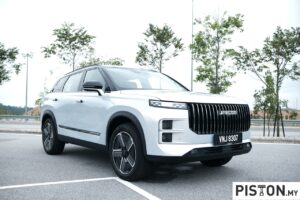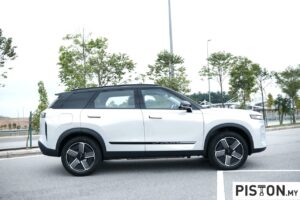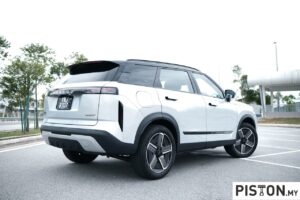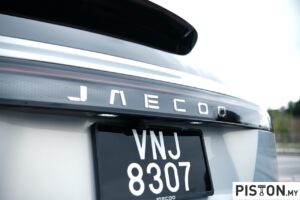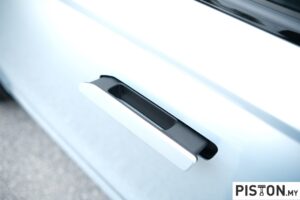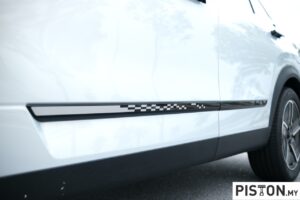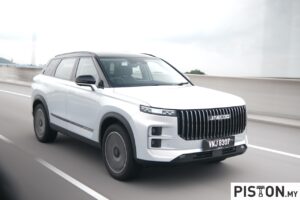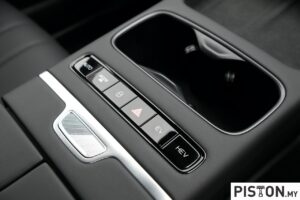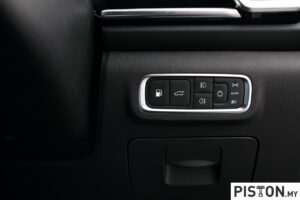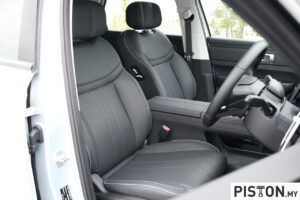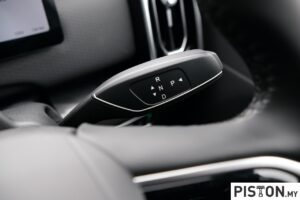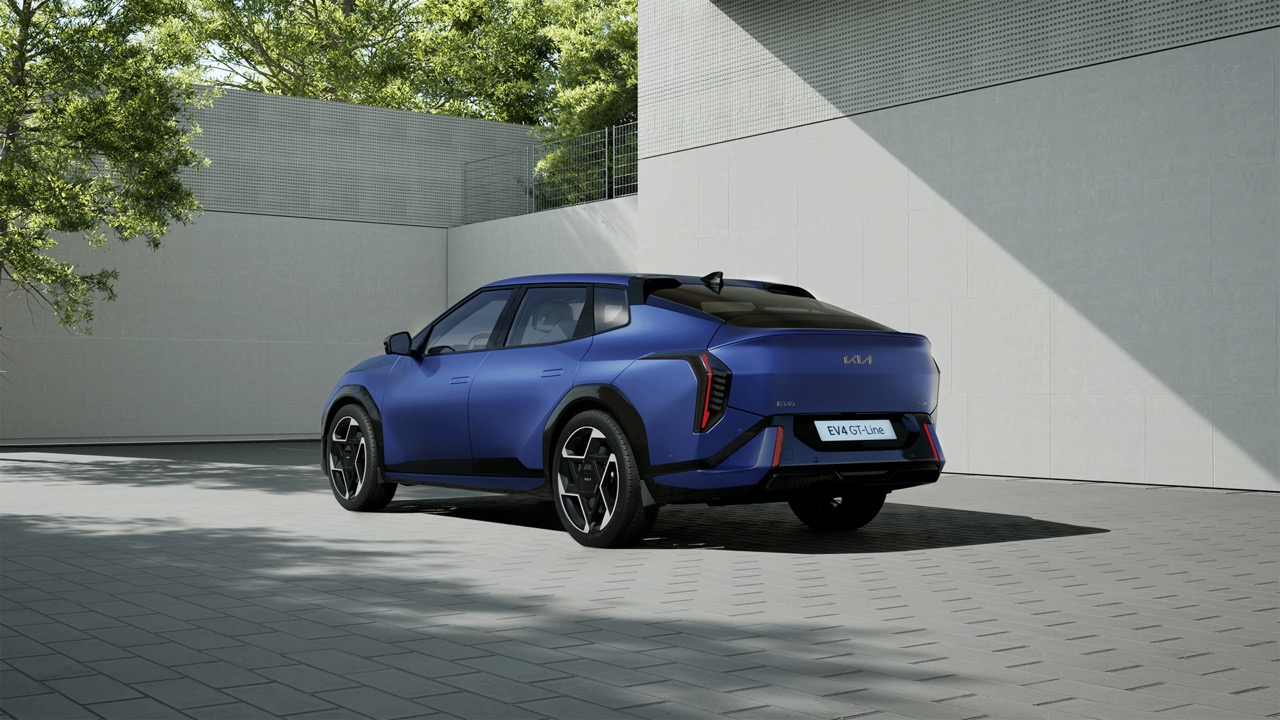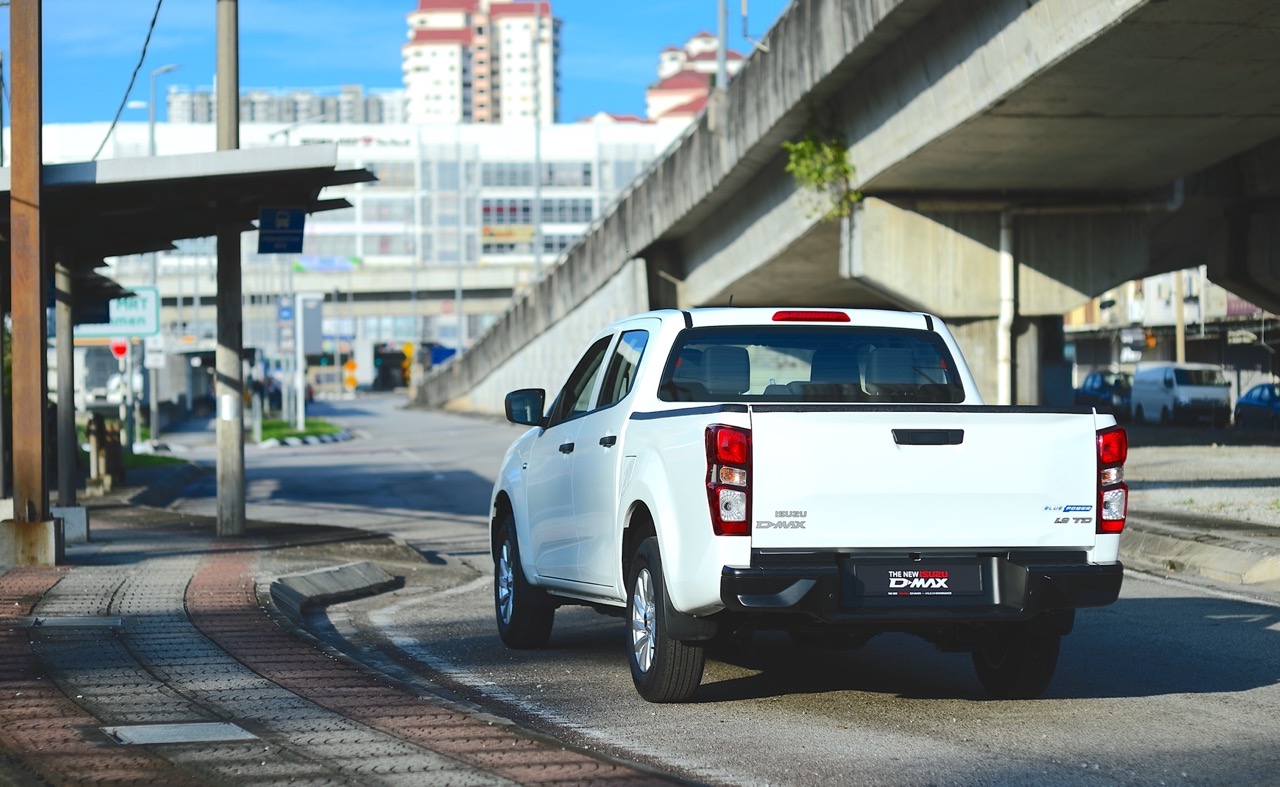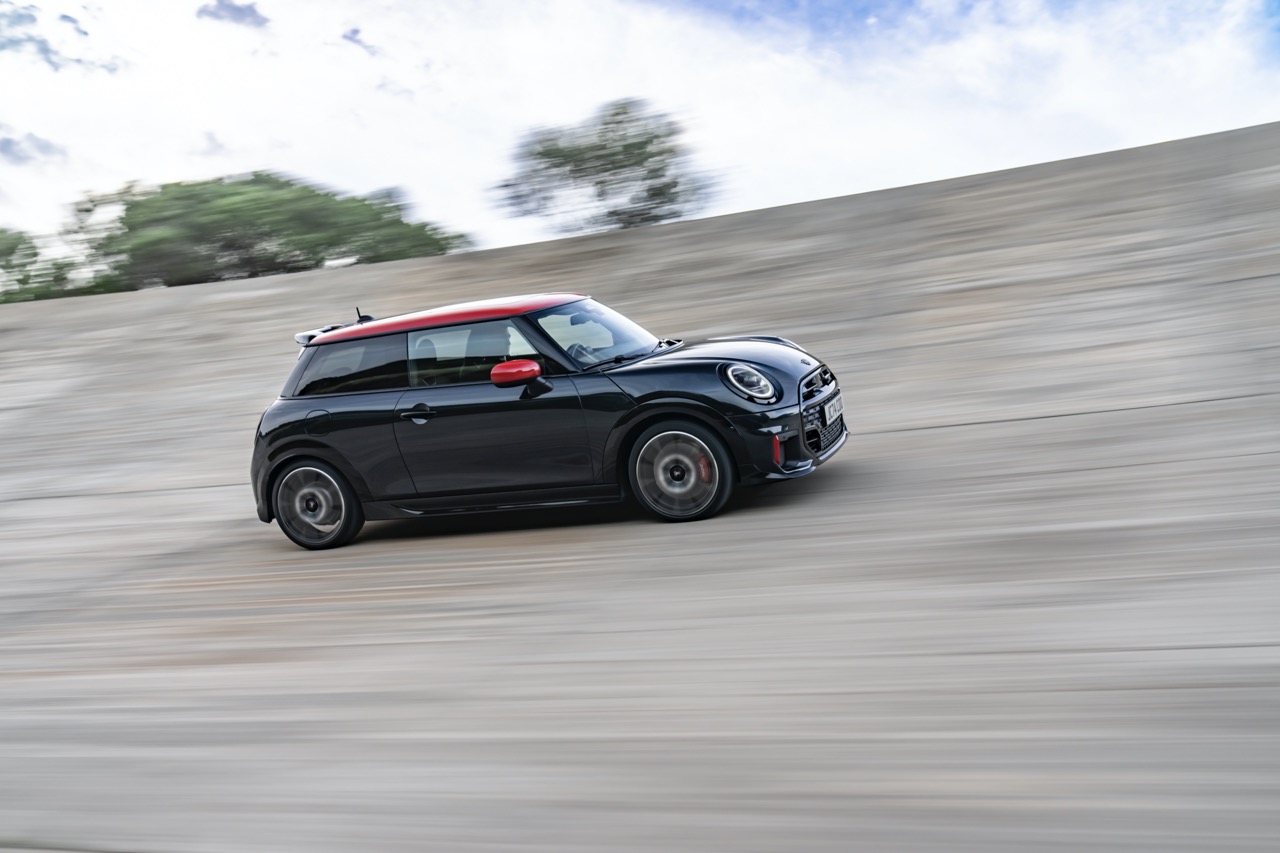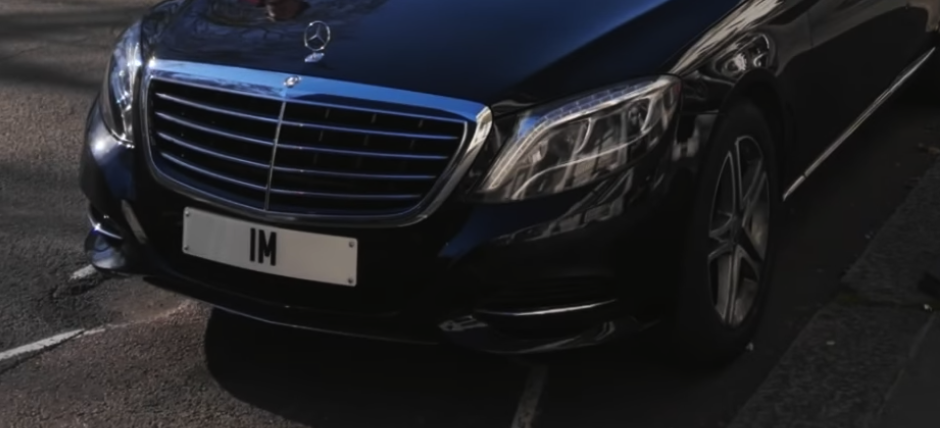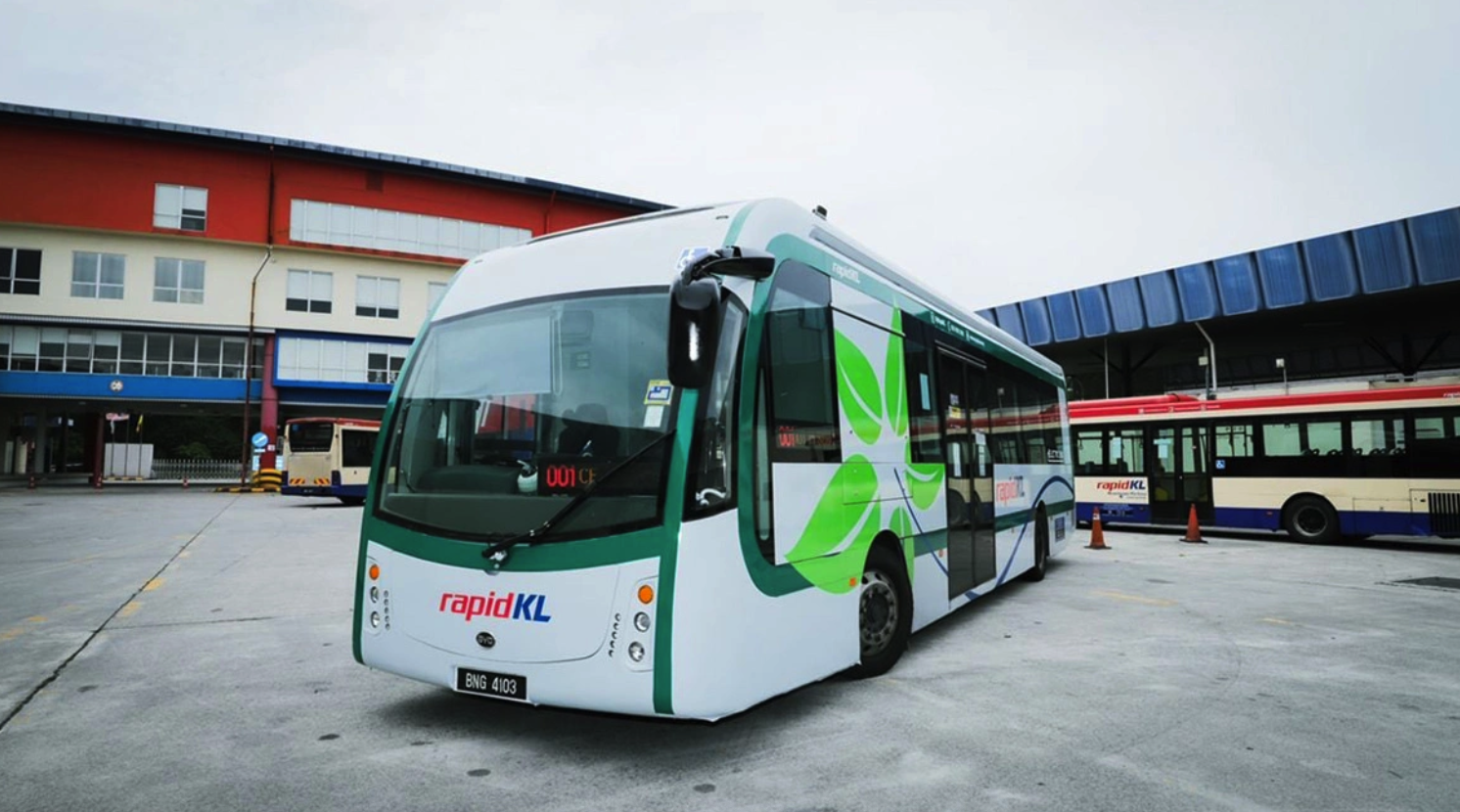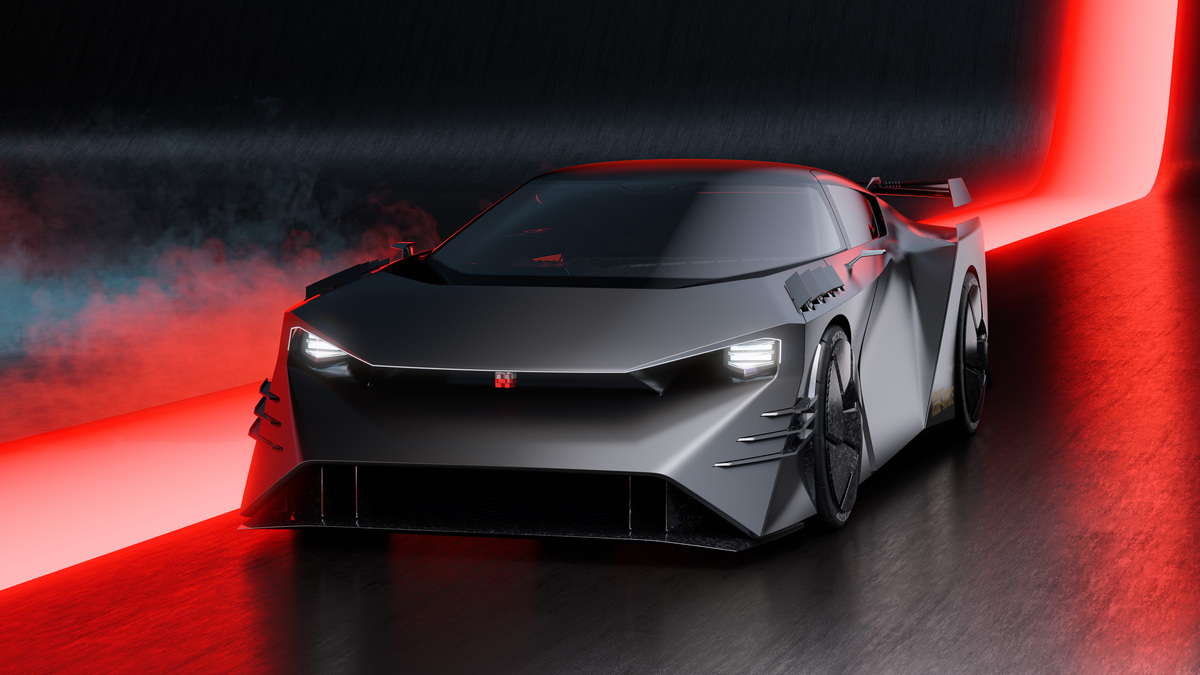Jaecoo has officially launched the J7 Plug-in Hybrid Electric Vehicle (PHEV) in Malaysia, presenting it as a significant alternative to traditional internal combustion engine (ICE) vehicles and fully electric models. Designed to cater to the evolving preferences of Malaysian drivers, the J7 PHEV integrates advanced hybrid technology with an emphasis on performance, efficiency, and practicality.

At the heart of the J7 PHEV is a 1.5-litre hybrid-specific engine, which replaces the 1.6-litre turbocharged unit used in the Chery Tiggo 7 Pro. This powertrain produces 143PS and 215Nm of torque, prioritising fuel economy and extended range over outright power. Although it generates slightly less output than its petrol-only counterpart, the J7 PHEV is designed to excel in long-distance travel.
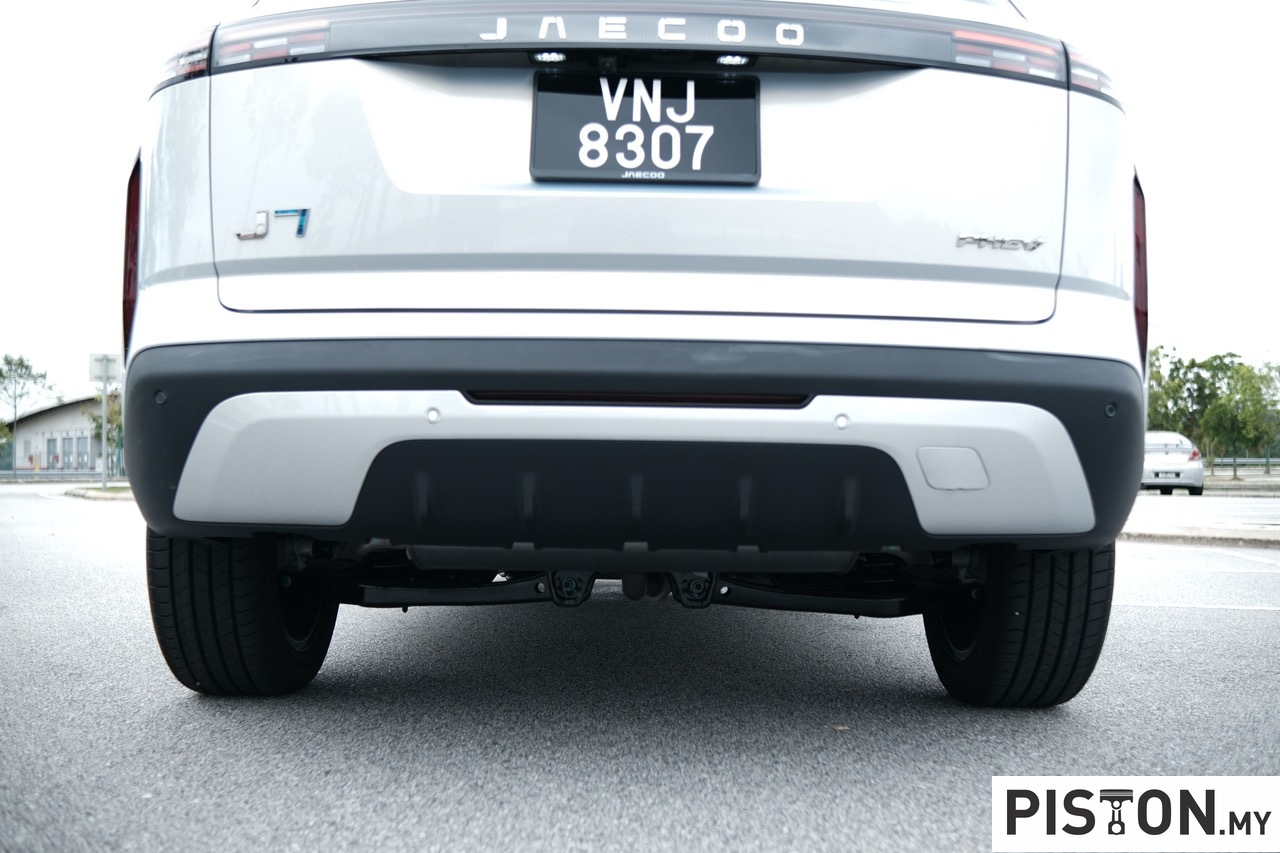
To demonstrate its endurance, the vehicle recently completed a rigorous test run from Singapore to Hat Yai, Thailand, covering an impressive WLTP range of over 1,200 km on a single charge. The feat underscores its ability to handle extensive road trips efficiently, positioning it as a practical solution for drivers who seek both fuel savings and environmental benefits.

Inside, Jaecoo has refined the cabin with a minimalist yet functional design approach. The door panels have been redesigned, eliminating ornate grab handles and traditional physical door mirror switches. The centre console has been restructured, replacing the conventional gear lever with a steering column-mounted stalk, while a row of physical buttons, including dedicated controls for EV and HEV driving modes, ensures a user-friendly layout.

The J7 PHEV features a 10.25-inch digital instrument cluster with updated graphics and a 14.8-inch portrait infotainment touchscreen that supports wireless Apple CarPlay and wired Android Auto. Additional technological enhancements include Qi wireless charging, a 360-degree camera system with a transparent mode, a built-in dash cam, and an eight-speaker Sony sound system.

Despite the inclusion of a large battery pack beneath the boot floor, the J7 PHEV retains a 500-litre cargo capacity, which expands to 1,265 litres when the rear seats are folded down. The full-size spare tyre has been replaced with a tyre repair foam canister, optimizing storage space while maintaining practicality.

Jaecoo has also equipped the J7 PHEV with a comprehensive suite of safety and driver assistance features. The model includes Autonomous Emergency Braking (AEB), Adaptive Cruise Control with stop-and-go and curve speed control, Lane Centring Assist, and an Intelligent Evasion System (IES). Additional systems such as Blind Spot Monitoring, Rear Cross Traffic Alert with automatic braking, Driver Attention Monitoring, and a Door Opening Warning further enhance occupant safety. The vehicle also comes with eight airbags and standard stability control.

The J7 PHEV will be available in three exterior colour options, which are Khaki White, Moonlight Silver (with a black roof), and Carbon Crystal Black, all complemented by a black interior. The J7 PHEV is priced at RM158,800.
All J7 PHEV SUVs come with a seven-year engine warranty or up to 150,000km mileage and an eight-year warranty or up to 160,000km mileage on its battery, power motor and power motor controller unit. The eight-year warranty provides a 1 to 1 exchange when the state of health (SOH) of the battery falls below 70% during the warranty tenure.
In conjunction with the launch, Jaecoo announced a special early bird package which qualifies all existing J7 PHEV bookings and bookings placed up to 2nd March 2025 for a 10-year warranty or up to 1,000,000km mileage extended engine and high voltage battery warranty. All J7 PHEVs also come with a complimentary Vehicle to Load (V2L) charger.






























